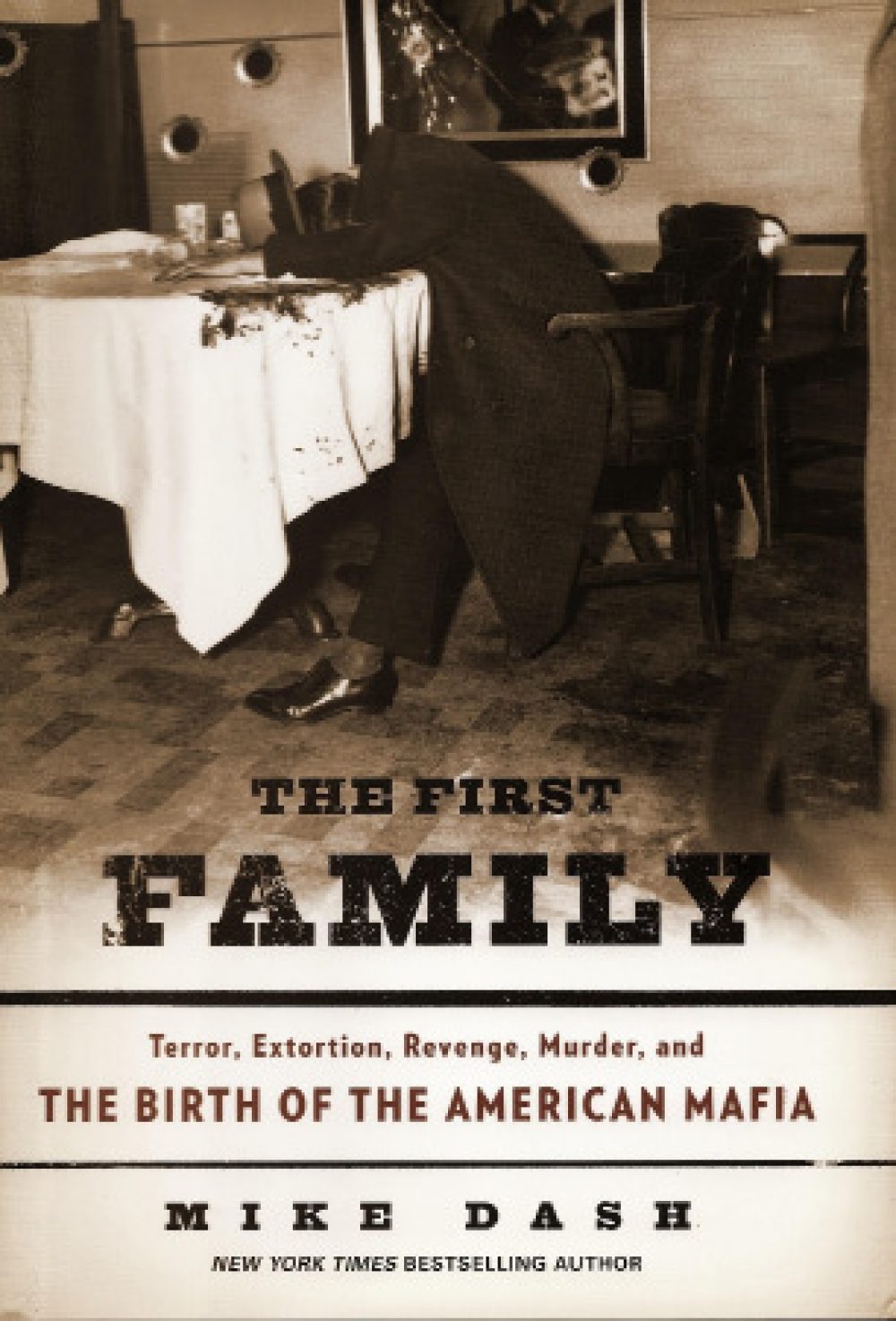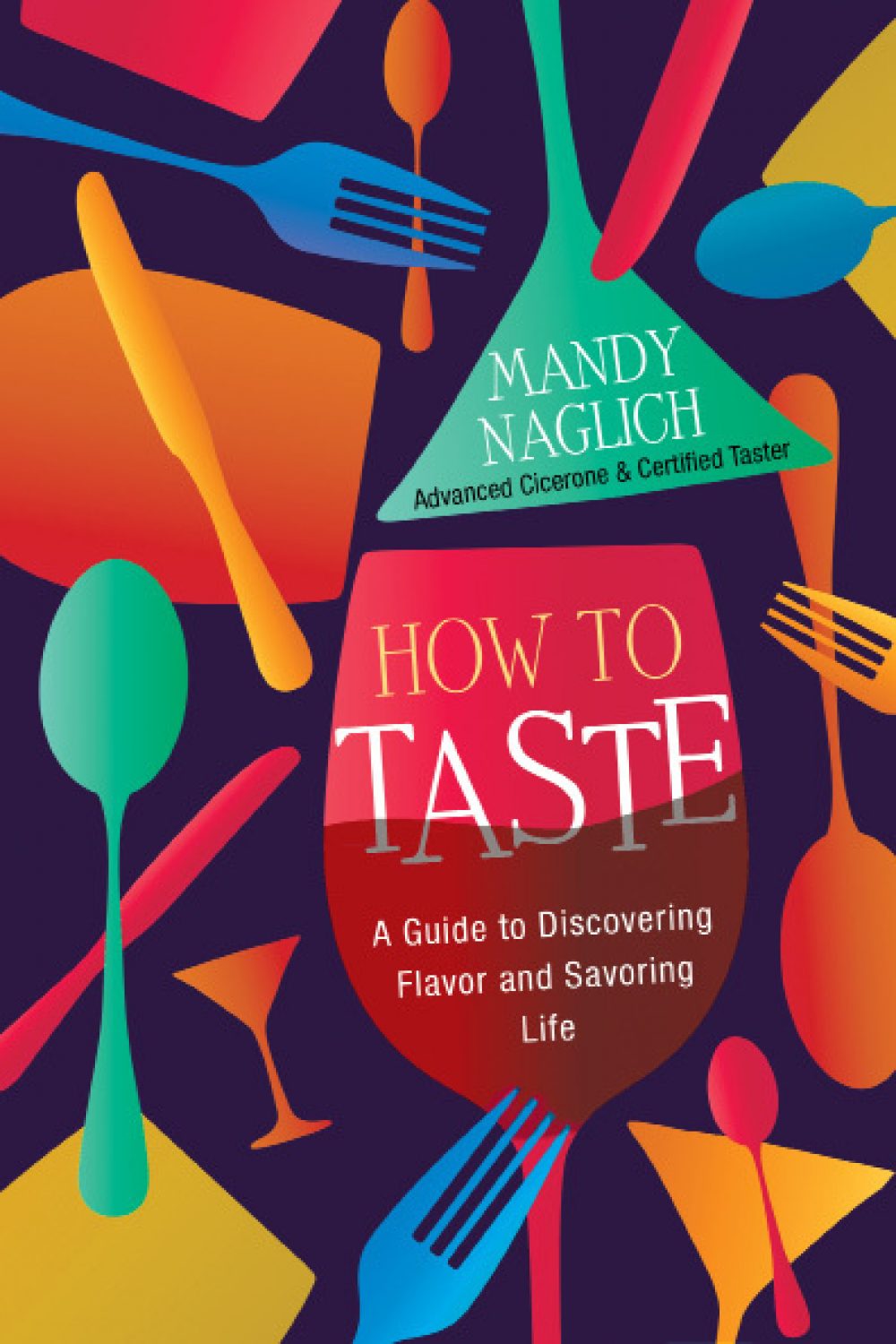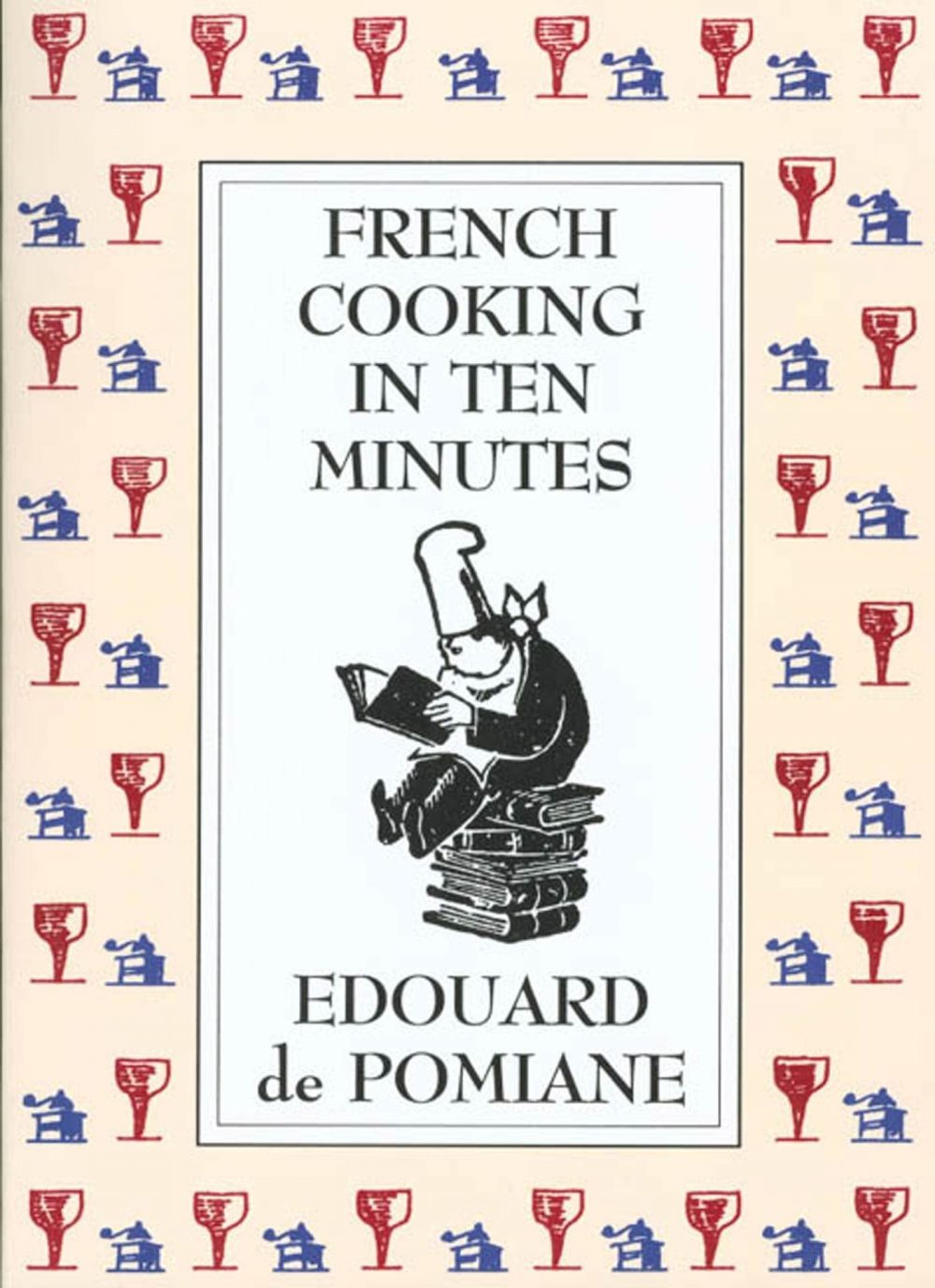The First Family
by Mike Dash
The Corleone family in “The Godfather” started out in the olive oil business, and though many would argue that the movie’s depiction of the Mafia was too rosy, its focus on the business of food was right on the money. In “The First Family,” author Mike Dash follows the Morello-Terranova family, one of New York’s first Mafia families, who were heavily involved in fixing dairy, meat and produce prices. The cartel imposed transportation dues of, say, $50 per railroad car. In 1914, the family made $100,000 just from fixing Manhattan chicken prices—and undercutting the cartel did not end well. When poultry dealer Barnet Baff started selling his stock below the fixed prices, he was shot through the head. Other agromafia operations profited from citrus fruits, olive oil and artichokes, and some say that certain aspects of this price-fixing remain alive and well today. Dash reminds us that this way of life was violent, not romantic. Of the four Morello-Terranova brothers, only Ciro died in bed; the other three were murdered by rivals.
Buy on Amazon
How to Taste
by Mandy Naglich
By now, most of us are aware that taste is about much more than sweet, sour, salty, bitter and umami, but Mandy Naglich proposes that there is indeed a great deal more to learn about how humans experience flavor. For starters, each taste bud holds up to 100 taste receptor cells. The real business of taste starts in the retronasal passageway, where aroma molecules rise upward during chewing, and the brain tells us these flavors are coming from the mouth. Even more interesting are the other factors that influence taste. Noise is important. Low-pitch tones are associated with bitterness, while loud noises enhance umami. Color plays a role as well. In red-hued coffee shops, coffee tastes sweeter, but when served in a coffee shop with a green interior, it tastes more bitter and sour. And then there’s temperature: The hotter the coffee, the more flavors come to the fore, including sweet, bitter and umami. (Conversely, have you ever noticed that very cold ice cream has little flavor?) And there is a reason that many desserts—doughnuts, cakes, cookies, pies, lollipops—tend to be round, while angular shapes are associated with sour, salty and bitter. And tasting is a fickle business. Color a white wine red, and even professional tasters will become confused. The most mysterious aspect of taste is that it is directly related to memory and emotion, since all three occupy the same real estate in the brain.
Buy on Amazon
French Cooking in Ten Minutes
By Fany Gerson
This book was published in 1930, and yes, many of the recipes are hoary classics, such as velouté soup with tarragon or trout meunière. Yet I highly recommend this book for two reasons: First, the writing is marvelous. Second, thinking about how to cook good food in 10 minutes is a fascinating exercise. Edouard de Pomiane’s first recommendation, a notion borrowed by a few modern authors, is to put a large pot of water onto the boil as soon as you get home from work. He admits that, at this point, you are not sure exactly how you are going to use the water, “but it’s bound to be good for something.” He depends on boiling, deep-frying and broiling as instrumental techniques, and many of his insights are more than useful—he offers nine ways to cook pork chops in 10 minutes, which helps the home cook get a feel for kitchen improvisation. You may not rush to make breaded pigs’ tails or flambéed veal kidneys, but you will up your cooking game and become more confident in the kitchen, whether it’s knowing a dozen ways to prepare eggs or quick recipes for cooking a simple steak, chicken paprika, crêpes, fritters and Wiener Schnitzel. De Pomiane ends the introduction by saying, “Ten minutes is enough. One minute more and all will be lost.”









